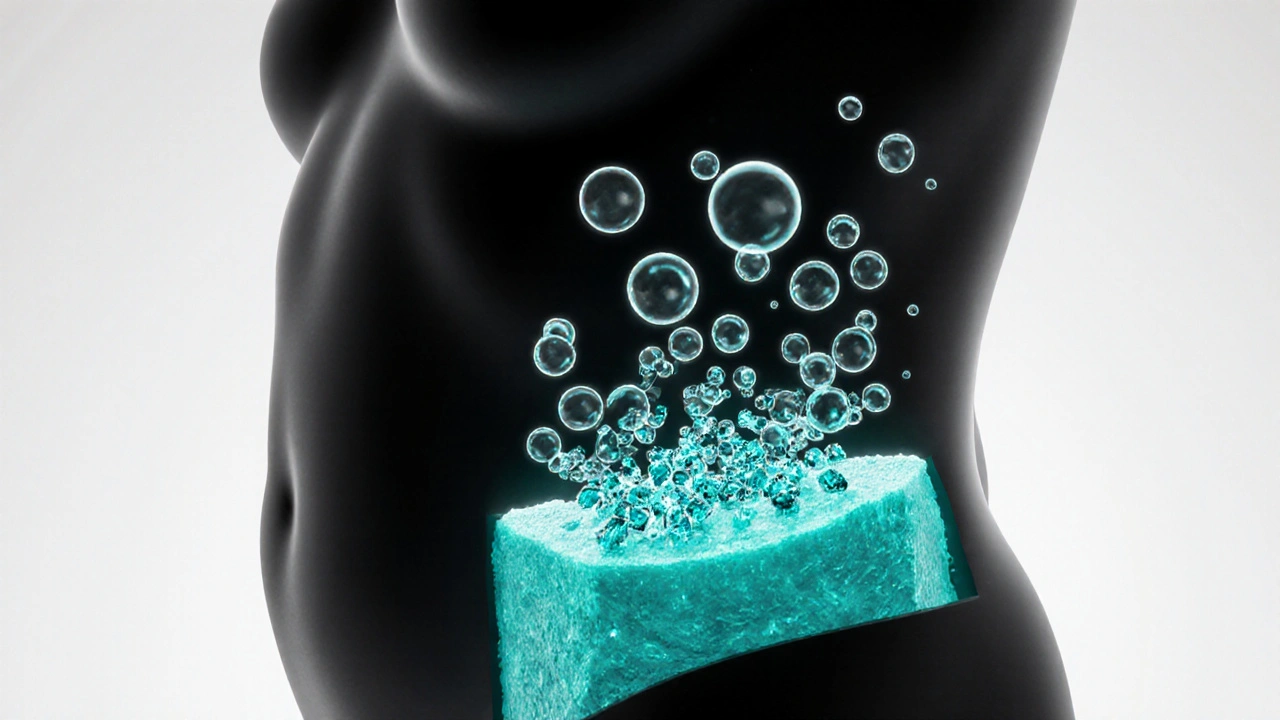Kidney Stones: Causes, Prevention, and Treatment Options
When dealing with Kidney Stones, hard mineral deposits that develop inside the kidneys. Also known as renal calculi, they can cause sharp flank pain, blood in the urine, and frequent urination. One common stone type is Calcium Oxalate, a crystal formed from calcium and oxalate in the urine. Doctors often prescribe Hydrochlorothiazide, a thiazide diuretic that reduces calcium loss in urine, helping to prevent calcium‑based stones. For larger stones, Lithotripsy, a non‑invasive shock‑wave procedure that fragments stones so they can pass naturally is a common option.
Kidney stones form when the urine contains more crystal‑forming substances than can stay dissolved. Besides calcium oxalate, other major compositions include uric acid, which results from high purine intake, and struvite, often linked to recurrent urinary infections. The basic equation is simple: supersaturation plus a nidus equals a stone. Staying hydrated dilutes the urinary concentration, making it harder for crystals to stick together.
Key Lifestyle Moves to Lower Your Risk
First, drink enough water – aim for at least 2‑3 liters a day unless your doctor says otherwise. A clear‑yellow urine color is a good sign you’re on track. Second, watch your diet: limit high‑oxalate foods like spinach, nuts, and chocolate if you’re prone to calcium oxalate stones. Reduce animal protein and sugary drinks to keep uric acid levels down. Third, keep an eye on calcium intake; you don’t have to avoid it, but don’t overdo supplements without guidance.
Medication can complement these habits. In addition to thiazides, potassium citrate is used to alkalinize urine and prevent both calcium and uric acid stones. For uric‑acid stones specifically, allopurinol lowers uric acid production, while a low‑purine diet cuts the load. Your doctor will tailor the regimen based on stone analysis, which tells you the exact composition.
When a stone grows too big to pass, treatment choices expand. Besides extracorporeal shock‑wave lithotripsy, there’s ureteroscopy (a tiny camera and laser to break the stone) and percutaneous nephrolithotomy for very large stones. The choice depends on stone size, location, and patient health. Recovery times vary, but most people can return to normal activities within a few days after a minimally invasive procedure.
Understanding the type of stone you have, staying hydrated, tweaking your diet, and using the right meds can keep the painful episodes at bay. Below you’ll find detailed guides that compare medications, explain dietary tweaks, and walk you through each treatment option so you can make informed decisions about managing kidney stones.
How Obesity Raises Uric Acid Levels and Increases Health Risks
Discover how excess weight spikes uric acid, leading to gout, kidney stones, hypertension, and more, plus practical steps to lower levels and improve health.
Keep Reading
